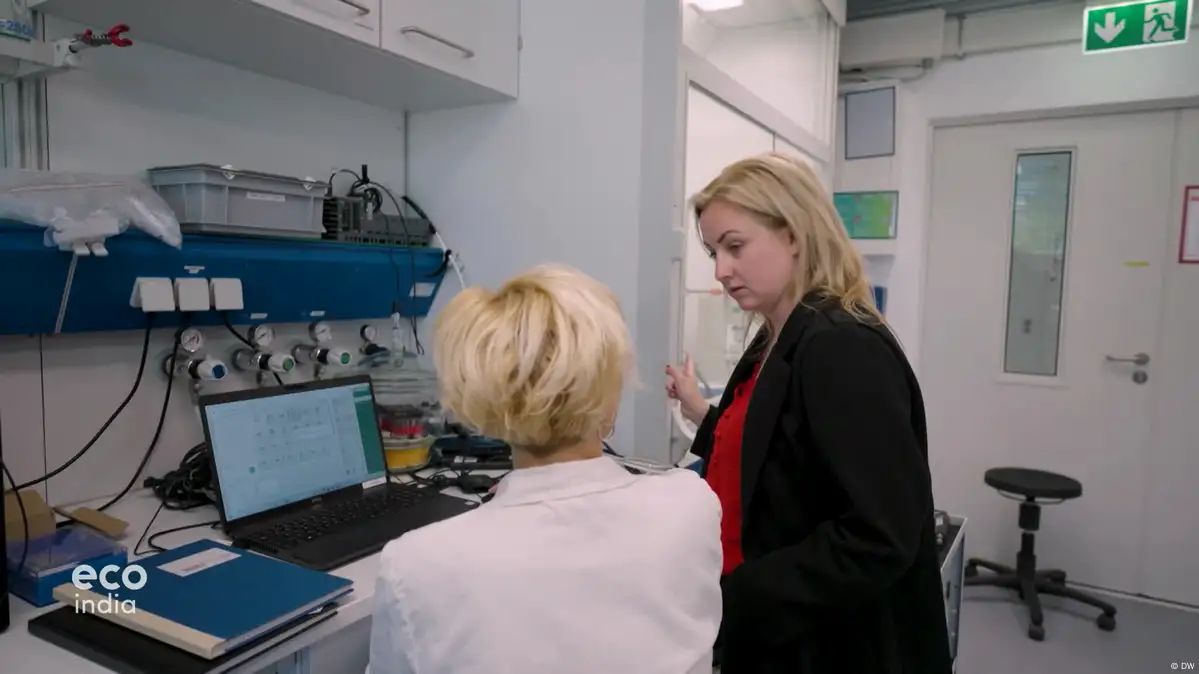Some trains in Germany now run on green hydrogen—a renewable fuel that emits no CO₂ when used. Most of Germany’s trains are electric, but for routes that can’t be electrified, the technology offers a good alternative to diesel. The new green hydrogen trains ply a number of routes in and around the capital Berlin. While the technology promises a quieter, more sustainable ride, the transition hasn’t been without its challenges, including infrastructure issues and early fuel shortages.
Green hydrogen trains – a clean, quiet ride with a few bumps
The providers faced initial setbacks, including hydrogen supply issues that temporarily forced a return to diesel trains. Despite these hiccups, passengers are embracing the quieter, cleaner trains. Meanwhile, researchers like Michelle Browne and Karuppasamy Dharmaraj are working to make the production of green hydrogen more affordable. Their focus is on developing new catalyst materials that could replace expensive iridium in electrolyzers, the devices that split water into hydrogen and oxygen. If successful, these innovations could dramatically lower costs and accelerate the adoption of green hydrogen.
Efforts to scale green hydrogen technology are already underway. Siemens Energy in Berlin is producing electrolyzers capable of powering hundreds of thousands of homes—and fueling trains and buses. With international cooperation, especially with India, the potential for green hydrogen to help replace fossil fuels is growing. India’s low-cost energy and government support make it a key player in the global green hydrogen roadmap. As infrastructure expands and production ramps up, green hydrogen could be another building block inEurope's clean energy transition, helping to phase out diesel and cut emissions across the continent.
This video summary was created by AI from the original DW script. It was edited by a journalist before publication.
